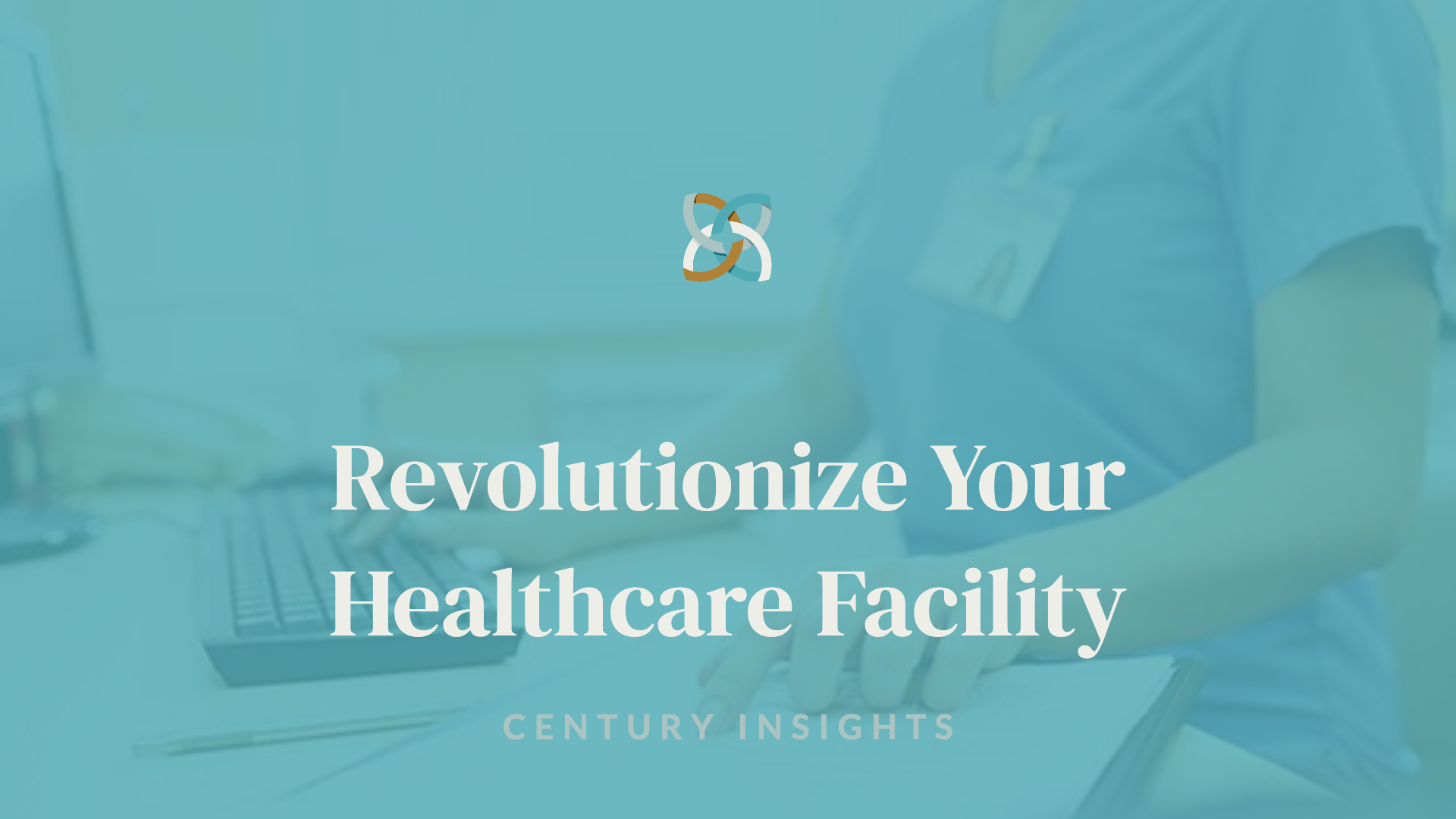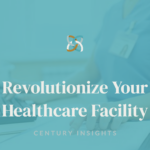Never Stop Learning: How Continuous Development Can Revolutionize Your Team!
In the rapidly evolving landscape of healthcare, the adage “knowledge is power” has never been more pertinent. As healthcare professionals, the pursuit of knowledge is not just a personal endeavor but a collective responsibility. The concept of Continuous Learning is not just a buzzword; it’s a strategic imperative that can catalyze the transformation of your team and, by extension, the entire healthcare organization. Let’s delve into how fostering a culture of learning can lead to remarkable outcomes for your team and patients alike.
The Bedrock of Retention: Investing in Your Team’s Growth
Consider this: according to the LinkedIn 2020 Workplace Learning Report, a staggering 94% of employees have indicated that they would remain with a company longer if it invested in their learning and development. This statistic is a clarion call for healthcare leaders to prioritize Employee Development. In an industry where the turnover rates can be high and the cost of replacing skilled staff is substantial, investing in the professional growth of your team is not just beneficial; it’s essential.
Continuous learning initiatives signal to employees that they are valued and that their employer is committed to their career progression. This investment in human capital can lead to increased job satisfaction, loyalty, and a reduction in turnover rates. It’s a virtuous cycle: as employees grow, so does the collective expertise of the team, leading to enhanced patient care and operational efficiency.
Financial Performance Linked to Learning
The impact of continuous learning extends beyond employee satisfaction and retention. A 2019 report by the Association for Talent Development (ATD) found that companies with comprehensive training programs boast 218% higher income per employee than those without formalized training. Moreover, these organizations enjoy a 24% higher profit margin. These figures are not coincidental; they are indicative of the profound influence that Team Development has on an organization’s bottom line.
Investing in the development of your team is not an expense; it’s an investment with measurable returns. In healthcare, where the margins can often be tight, optimizing the performance of your team through continuous learning can be the differentiator between a thriving practice and one that struggles to keep pace with the demands of the industry.
Cultivating a Learning Culture
Creating a Learning Culture within your healthcare team is about more than just providing access to training programs. It’s about embedding the ethos of learning into the very fabric of your organization. This means encouraging curiosity, fostering an environment where asking questions and seeking knowledge is the norm, and where mistakes are viewed as learning opportunities.
A learning culture is characterized by shared values, practices, and processes that support continuous learning. It is about making learning accessible, relevant, and aligned with the strategic goals of the organization. By doing so, you not only enhance the capabilities of your team but also position your organization as a forward-thinking, dynamic place to work – an attractive proposition for top talent in the healthcare field.
Professional Growth and Patient Outcomes
The pursuit of Professional Growth is not a self-serving endeavor. In healthcare, the stakes are high, and the correlation between a well-trained team and patient outcomes cannot be overstated. Continuous learning ensures that healthcare professionals are up-to-date with the latest medical advancements, technologies, and best practices. This commitment to excellence translates into higher quality care, better patient outcomes, and a reputation for excellence that can set your organization apart.
Professional growth also empowers healthcare workers to take on new challenges, innovate, and contribute to the advancement of the field. It fosters a sense of purpose and engagement, which is critical in a high-stress environment like healthcare. When team members feel that they are growing and contributing meaningfully, their motivation and productivity soar, benefiting the entire organization.
Implementing Continuous Learning Strategies
So, how can healthcare organizations implement effective continuous learning strategies? It begins with leadership commitment. Leaders must champion learning and development initiatives and allocate the necessary resources to support them. This includes providing time for learning within the work schedule, offering a mix of formal and informal learning opportunities, and recognizing and rewarding learning achievements.
Technology also plays a pivotal role in facilitating continuous learning. From e-learning platforms to virtual simulations, technology can provide flexible and engaging learning experiences that cater to diverse learning styles and schedules. Moreover, leveraging data analytics can help tailor learning programs to the specific needs of the team, ensuring that the learning is targeted, relevant, and impactful.
Finally, it’s crucial to measure the impact of learning and development initiatives. This can be done through regular assessments, feedback mechanisms, and by tracking key performance indicators related to training, such as employee retention rates, patient satisfaction scores, and financial performance. By doing so, organizations can continuously refine their learning strategies to maximize their effectiveness.
Conclusion
The healthcare industry is in a constant state of flux, with new challenges and opportunities emerging at a rapid pace. In this environment, continuous learning is not just a strategy for individual and team development; it’s a strategic imperative for organizational success. By investing in the continuous development of your team, you are not only enhancing their capabilities but also driving financial performance, improving patient outcomes, and positioning your organization as a leader in the field. The message is clear: never stop learning, for the growth of your team is the growth of your healthcare practice.




